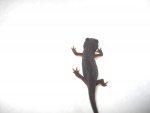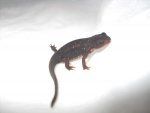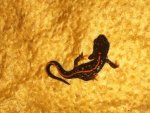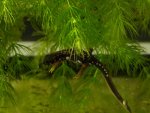salatriton
New member
Hello
I want to know if my Popei increase skin colors,
I am afraid that she will stay black as a Cynops orientalis.
I harbor the Cynops with earthworms and enchytraeids. this power will increase the ability to color his skin.
you who are more experienced, can you tell me if the Cynops will be colored or black?
I want to know if my Popei increase skin colors,
I am afraid that she will stay black as a Cynops orientalis.
I harbor the Cynops with earthworms and enchytraeids. this power will increase the ability to color his skin.
you who are more experienced, can you tell me if the Cynops will be colored or black?





